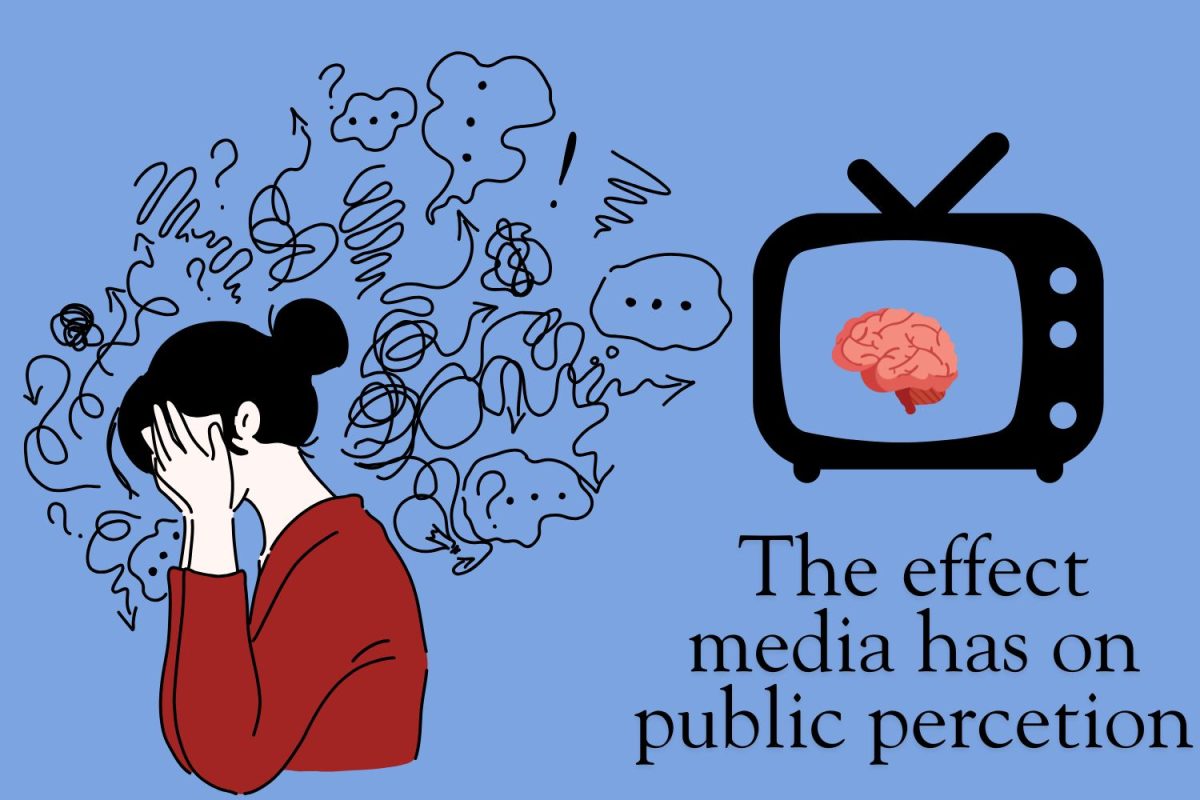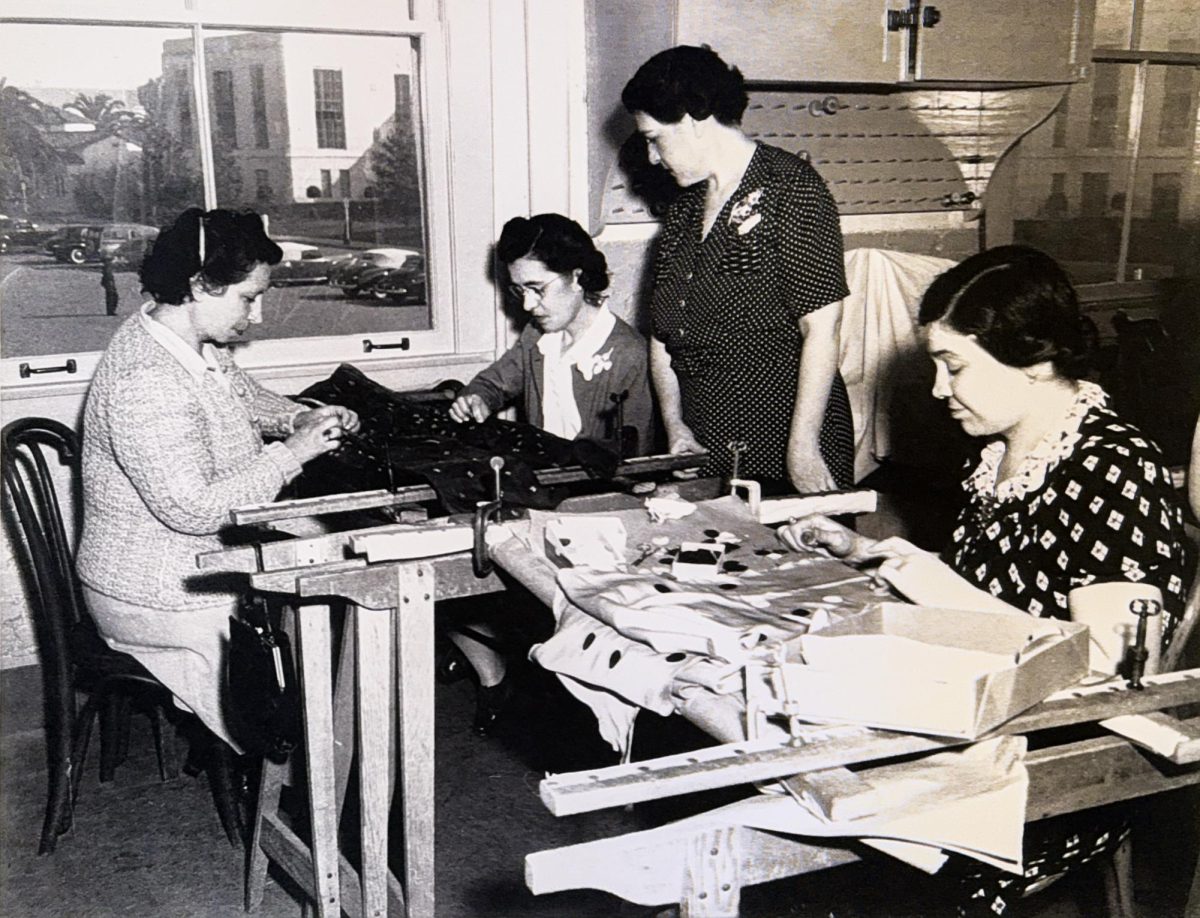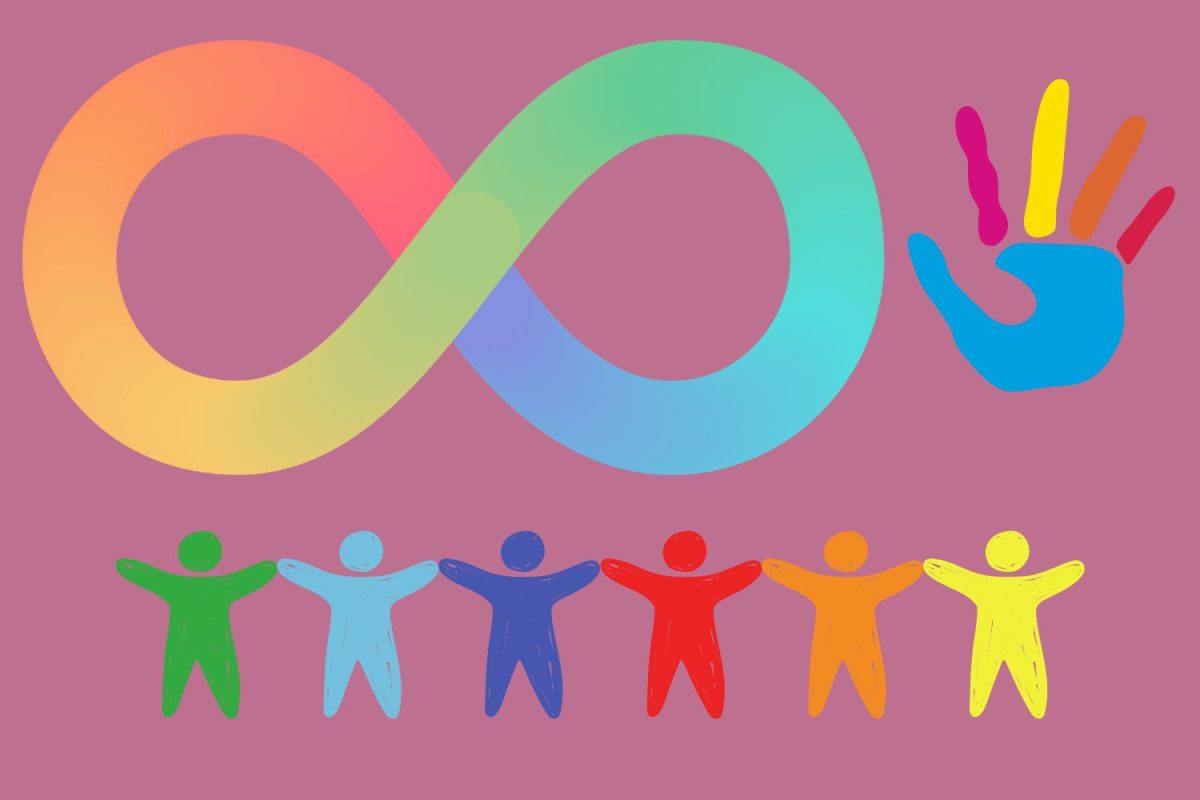I wasn’t expecting a primetime drama to reflect my anxiety, but then I suddenly began seeing myself in character Randall Pearson. He is a successful husband, father and councilman. However, in a pivotal episode of the show “This Is Us”, Randall spirals into a huge panic attack in the setting of a hospital waiting room.
There was no dramatic music, no over-the-top camera angles, just the raw, suffocating truth of anxiety. The scene caught me so off guard, not because I haven’t seen panic attacks on TV before, but because it felt so real.
More than 40 million adults suffer from an anxiety disorder, yet most people still have no idea what anxiety really looks like. Part of the problem lies in the way mental illness is portrayed on television, far too often as melodrama or a joke. But sometimes a show gets it right. This Is Us, an engaging NBC drama series, gives anxiety a refreshingly candid portrayal by the character Randall Pearson. With a realistic narrative, the series does not resort to mental illness stereotypes, encourages healthy conversation and demonstrates why mental illness must be portrayed in the media.
One of the strongest examples is seen in season one episode 15 “Jack Pearson’s Son”, when Randall has a panic attack after being overwhelmed with work and family obligations. The camera zooms in on his face, his breathing is shallow and the audience is drawn into his physical and emotional agony. It is not only great acting, it’s considerate direction that places the audience in the same shoes.
Randall has a second breakdown, this time over his mother’s sickness and related stress, in season four episode 11 “A Hell of a Week: Part One”. These do not sound like plot devices, they sound very real.
Notably, This Is Us illustrates that anxiety is not something one can wake up from. Randall tries to deal with it through control and avoidance but finally goes for the assistance of a therapist. The series never shies from showing his unwillingness towards psychological treatment, especially as a successful Black man. This adds yet another layer of realism, which shows how shame from culture complicates and stifles others, especially men of color, from accessing help. Such realistic portrayals negate that to be strong is to remain silent.
So why does Randall’s story matter beyond one television program? That is where media literacy enters. Media literacy is being aware of how the media influences what we think, feel and believe, especially when it involves topics like mental health.
If we keep viewing anxiety as something to be ridiculed or something that makes someone weak, then we are likely to do the same in real life. But when a show like This Is Us presents a thoughtful, accurate view, it has the power to redefine our perception.
By showing Randall’s struggles over the years, This Is Us makes anxiety real and understandable. We see how it affects his relationships, his work, and his inner world. But we also see him learn, get help, and adjust. These powerful messages go beyond entertainment. They decrease stigma, encourage empathy, and make it acceptable to discuss mental health.
Personally, Randall’s storyline changed my mind about anxiety. It reminded me more of how many people hide their pain behind their calm and composed exterior. It also reminded me that mental health is not a subplot; one’s mental health is part of their overall lived experience. Television shows like This Is Us do not simply tell great stories, they have an effect.
We also have agency as audiences. We can vote with our eyes for media that gets it right. We can talk about what we’re watching, criticize what doesn’t sit right and praise what does resonate. And most importantly, we can keep in our hearts that behind every Randall-esque character, there are real people who are struggling with the same things and they deserve to be gazed upon with the same love and regard.








